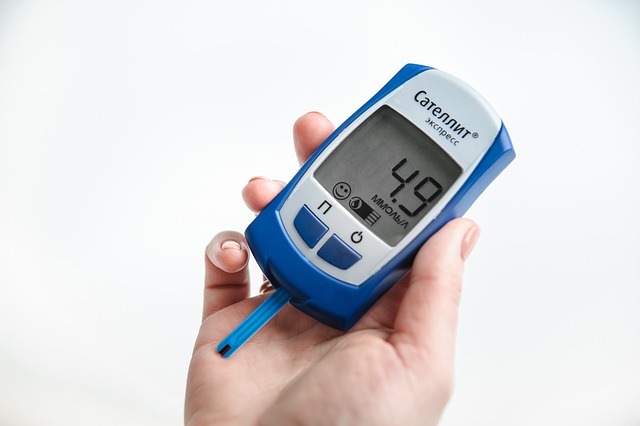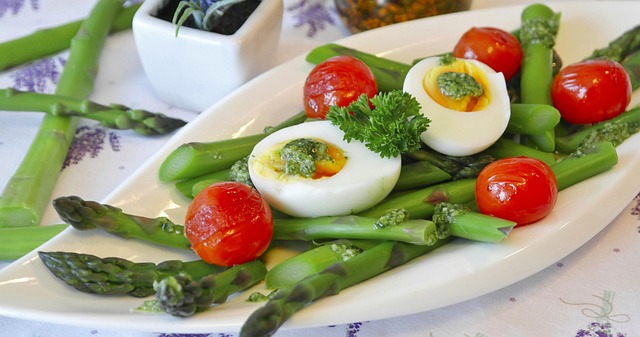Dietary fiber is a type of carbohydrate, but it is different from other types of carbohydrates in your food. Unlike sugars and starches, fiber does not pile on the calories and spiking your blood sugar. Instead, fiber benefits can include stabilizing blood sugar, lowering cholesterol levels, and improving digestion. With all those benefits of fiber, it is unfortunate that the average American consumes barely half the recommended amount of 28 grams per day for a 2,000-calorie diet.
A high-fiber food list can help you boost your fiber intake by letting you know which foods to choose. Fiber is found only in plant-based foods, not in meat or dairy products, and it is higher in less-processed foods (say, whole grain bread or an apple) than in more-processed foods (say, white bread or apple juice). The nutrition facts panel can show you the grams of fiber in each serving of a food, and if you cannot find a food label, you can make a good guess by choosing the following foods:
- Vegetables.
- Whole and other high-fiber grains.
- Legumes (beans, peas, lentils).
- High-fiber fruit.
- Nuts and seeds.
Most Americans can benefit from increasing their fiber consumption, but may need help. Lark is a personal health coach that can help you build healthy habits, including choosing higher-fiber foods more easily. Your Lark health coach can assist in areas such as wellness, weight loss, diabetes or prediabetes management, and hypertension to make health a natural part of your life.











.webp)






